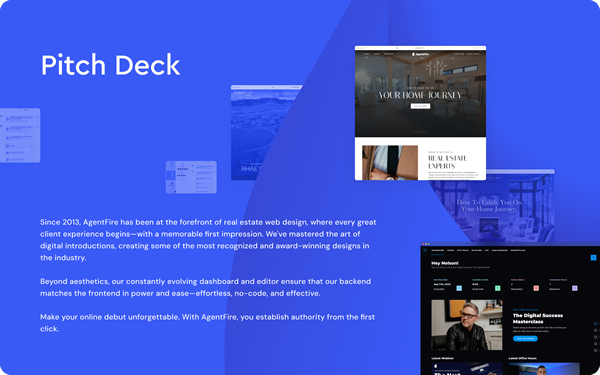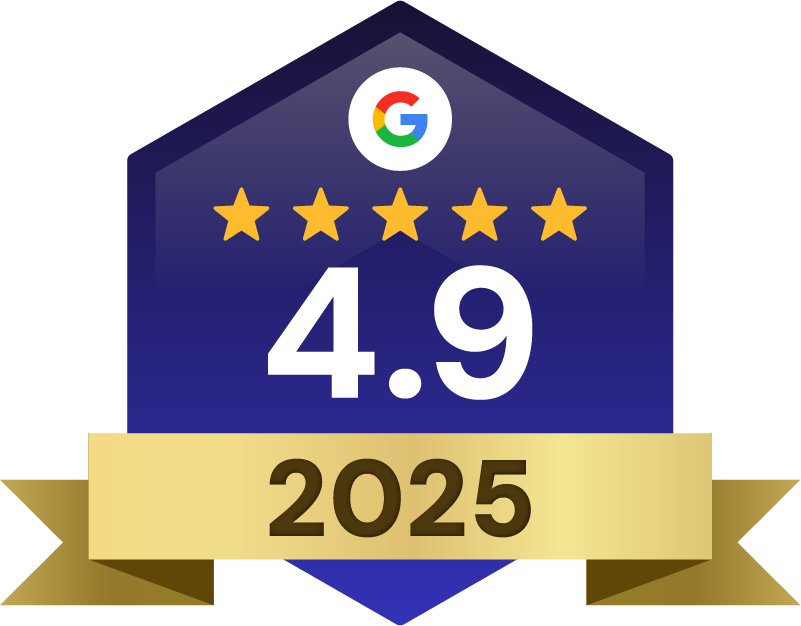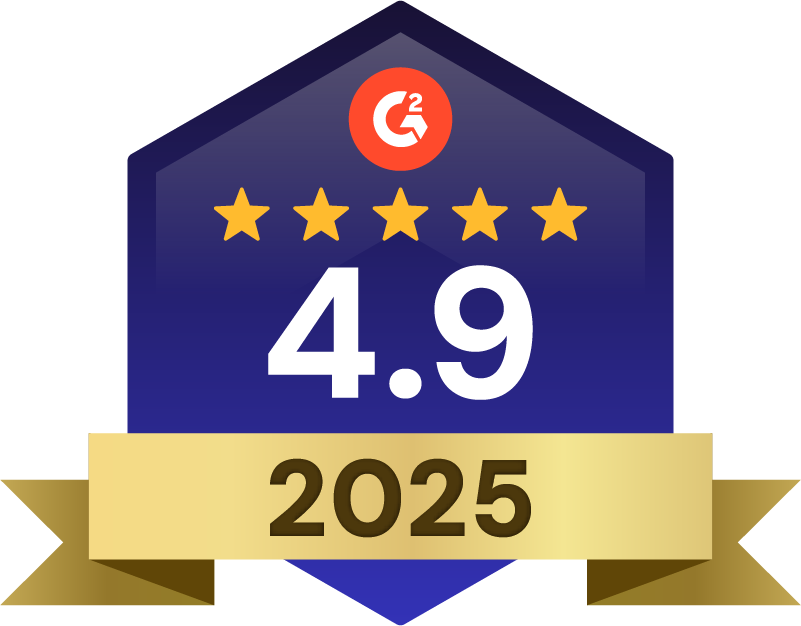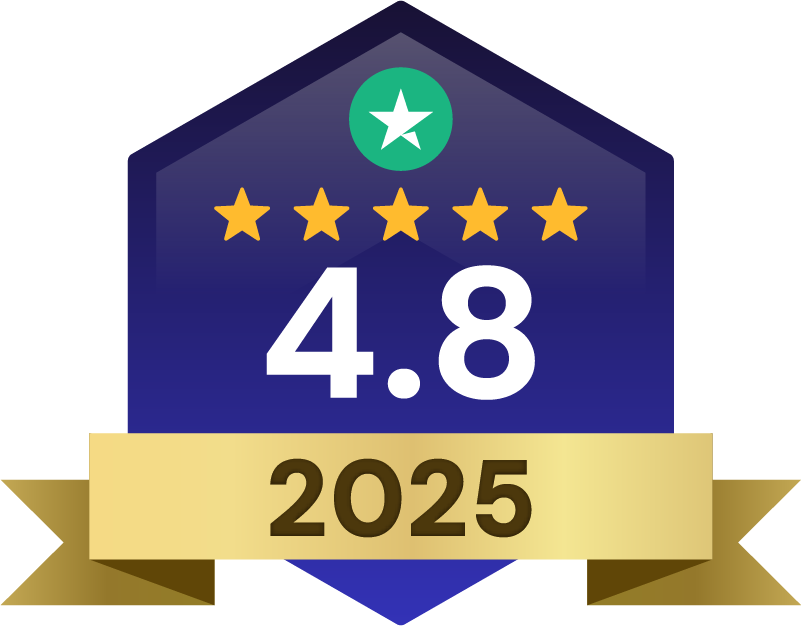Master real estate email marketing in 2025 with the best strategies for segmentation, automation, and AI personalization to drive higher ROI.
Email Marketing
Email remains one of the most effective ways for real estate professionals to connect with clients. Social media posts disappear in crowded feeds, and paid ads require ongoing investment, but emails land directly in inboxes, creating a reliable communication channel.
Prospective buyers and sellers check email daily, making it an ideal tool for nurturing leads and maintaining relationships. Market updates, new listings, and personalized follow-ups keep agents top of mind while providing valuable information to subscribers.
Advancements in automation and AI-driven personalization make email marketing even more powerful. Agents can now send highly relevant content based on user behavior, increasing engagement and conversion rates.
Mastering email marketing in 2025 means using the right strategies to build trust, capture attention, and drive action. Whether launching a new campaign or refining an existing one, understanding key principles ensures every email delivers results.

Why Real Estate Email Marketing Matters
Email consistently outperforms other digital marketing channels for engagement and return on investment. Open rates for real estate emails average 23%, and every dollar spent generates roughly $36 in revenue. Few other marketing methods provide such direct and measurable impact.
Clients rely on email for property alerts, mortgage updates, and transaction details. Unlike social media, where visibility depends on unpredictable algorithms, emails arrive in inboxes, making them a dependable touchpoint. Personalized content strengthens relationships, while automated follow-ups ensure no lead is forgotten.
AI-powered tools like Mailchimp and ActiveCampaign enhance email marketing by analyzing engagement patterns and recommending optimized send times. Automated drip sequences nurture leads over time, guiding them from interest to action.
Agents who consistently use email marketing build stronger client relationships and maintain a steady flow of business. Whether sending a monthly newsletter, a market update, or a follow-up after an open house, well-crafted emails keep potential buyers and sellers engaged.
5 Steps to Launch Your Real Estate Email Marketing Plan
Organizing an email marketing plan makes it easier to stay in touch with potential buyers and sellers. A structured approach ensures messages reach the right people at the right time, helping to maintain engagement without overwhelming inboxes.
1. Define Your Audience Segments
Understanding who is receiving an email makes it easier to send relevant content. Grouping contacts by factors such as buyers vs. sellers, price range, or location preference helps align messages with their interests. A first-time buyer may appreciate loan guidance, while a luxury seller may prefer market trend reports.
Likewise, segmenting by engagement level can improve communication. A lead who recently clicked on a listing link might be ready for a personalized follow-up, whereas long-term contacts may benefit from a quarterly market update.

2. Choose a Reliable Email Platform
An email platform should simplify sending, scheduling, and tracking campaigns. Features like automation, mobile-friendly templates, and CRM integration help streamline the process while keeping communication consistent.
Additionally, integration with other tools ensures a smooth workflow. AgentFire’s platform connects with key marketing and lead management systems, making it easier to track interactions and follow up with engaged prospects.
There are tons of great options out there, and since many of them include week or month-long free trials, you should try a few before fully committing. Below is a short list of some of the services we’ve seen AgentFire customers have success with.
MailChimp

MailChimp is one of the most popular options out there. That being said, it isn’t specifically tailored to the real estate market and can get pricey as your contact list grows.
Pros:
- Free Tier: Mailchimp offers a free plan that can be useful for small businesses or startups with a limited budget. It allows you to have up to 500 contacts and send up to 1,000 emails per month, which is quite generous compared to some other platforms.
- A/B Testing: Mailchimp provides robust A/B testing features, allowing users to optimize their email campaigns based on actual data.
- Integrations: Mailchimp offers integration with many other platforms and services, which can streamline your workflow.
Cons:
- Pricing: While Mailchimp does offer a free plan, its pricing can be relatively high once you need to upgrade. The cost increases as you add more contacts, and some essential features are only available in higher-tier plans.
- Customer Support: Customer support is not available in the free plan. Even in paid plans, it might take some time to get a response.
- Complexity: While Mailchimp is generally user-friendly, its wide range of features and options can be overwhelming for beginners.
Constant Contact

Constant Contact is another well-known choice among real estate agents. It provides extensive template choices but lacks advanced segmentation options compared to other platforms.
Pros:
- Template Variety: The platform provides a wide range of professionally designed email templates, making it easier for users to create visually appealing emails.
- Event Management: Constant Contact offers event management tools, which are not commonly found in other platforms. These tools can be particularly useful for agencies that host events regularly.
- Customer Support: Constant Contact offers excellent customer support, with various resources like live chat, phone support, community forums, and a vast library of tutorials and articles.
Cons:
- Pricing: Compared to some other email marketing platforms, Constant Contact can be more expensive, particularly for businesses with a large number of contacts.
- Limited A/B Testing: Constant Contact’s A/B testing is limited to subject lines only, so you won’t be able to test the actual content of your emails.
- No Free Plan: Unlike some competitors, Constant Contact does not offer a permanently free plan, although they do offer a free trial.
ActiveCampaign
ActiveCampaign is a powerful email marketing platform that makes it easy to build automated workflows and test campaigns.
Pros:
- Advanced Automation: ActiveCampaign is known for its robust automation capabilities, which can save time and deliver personalized experiences to your audience.
- Segmentation: The platform provides advanced segmentation capabilities so you can target your audience in a highly personalized way based on their behaviors and interests.
- Multichannel Marketing: ActiveCampaign supports email marketing, SMS, social media, and even direct mail, enabling you to reach your audience through multiple channels.
Cons:
- Learning Curve: While powerful, ActiveCampaign’s extensive features and advanced automation can be complex to learn, particularly for beginners.
- Cost: Compared to other email marketing platforms, ActiveCampaign can be more expensive, especially for businesses with a large number of contacts.
- Email Template Design: Some users have reported that ActiveCampaign’s email templates and design editor are less user-friendly compared to other platforms.
Key Takeaway: No single email marketing platform is capable of providing the perfect solution for every real estate agent’s needs. Your decision should hinge on what aligns with your goals and budget, as well as what will be the easiest for you and your team to use.
With AgentFire, you can easily integrate your real estate site with your chosen email marketing platform. Learn about all our integrations.
3. Craft Your First Drip Sequence
A series of automated emails can guide potential clients through the decision-making process. A typical sequence might start with a welcome email, followed by messages that highlight market trends, local insights, and success stories.
Personalization improves engagement. Using a recipient’s first name in subject lines or tailoring content based on their browsing history can create a stronger connection.

4. Measure Open Rates and Clicks
Tracking email performance provides insight into what resonates with recipients. Open rates, click-through rates, and conversions indicate how well a campaign is working.
A/B testing can refine messaging. Comparing different subject lines, send times, or content formats helps identify what drives engagement and leads to better results over time.
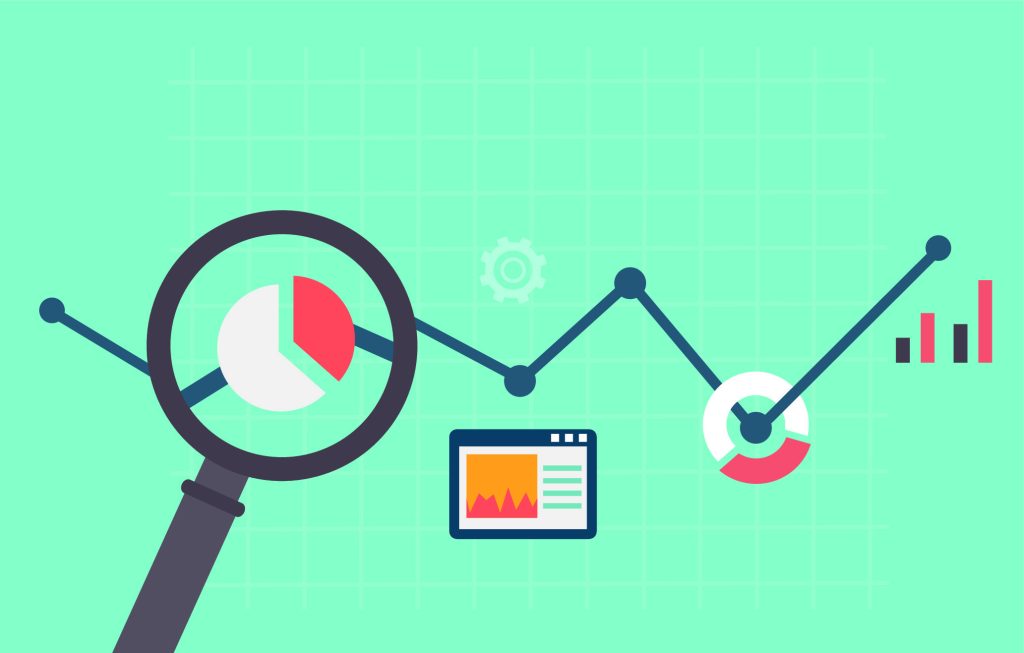
5. Stay Compliant with Email Regulations
Following email laws ensures messages reach inboxes without violating regulations. Including an unsubscribe link, using accurate subject lines, and displaying brokerage details align with CAN-SPAM requirements.
Staying updated on legal changes can prevent compliance issues. Some states may have additional disclosure rules, so reviewing guidelines regularly helps maintain trust with recipients.

How to Use AI for Real Estate Email Marketing
AI is making email marketing more efficient by automating tasks and improving personalization. Agents can send emails based on user behavior, ensuring that buyers and sellers receive relevant messages at the right time. Since personalized emails tend to get higher engagement, AI helps maintain consistent communication without extra manual effort.
- AI-powered subject lines: Tools like ChatGPT and Persado analyze past email performance to generate subject lines that encourage more opens. Since inboxes are crowded, optimizing subject lines can make a noticeable difference in email visibility.
- Interactive elements: Emails with video walk-throughs, micro-surveys, or dynamic property recommendations encourage recipients to engage. A client searching for homes in a specific neighborhood might receive an email with updated listings tailored to their preferences.
- Personalization at scale: AI can segment contacts based on browsing history, past interactions, and intent signals. Buyers might receive neighborhood guides and mortgage tips, while sellers get market reports and staging advice.
Since AI automation is advancing, compliance remains an important factor. Regulations like CAN-SPAM require accurate sender details, clear unsubscribe options, and truthful subject lines. Ensuring AI-generated messages follow these guidelines helps maintain trust and keeps email marketing effective.
Practical Email Templates for Real Estate Agents
Having well-structured email templates makes it easier to stay consistent and professional when communicating with clients. Instead of drafting new messages each time, agents can focus on adding personal touches that make emails feel more engaging. Simple adjustments, like using a recipient’s name or referencing a recent conversation, help build stronger connections.
- Open House Invitation: A short, engaging invite encourages attendance and makes it easy to RSVP.
Subject: “Join Us for an Open House at [Property Address]!”
Body: “Stop by [Address] on [Date] from [Time] to explore this [#]-bedroom home. Let me know if you’d like a private showing or have any questions before the event!” - Market Update: Regular updates keep clients informed on pricing trends, mortgage rates, and neighborhood activity.
Subject: “Latest Market Trends in [City] – What It Means for You”
Body: “Home values in [City] have changed by [X]% this quarter. If you’re thinking of buying or selling, now might be a good time to explore your options. Here’s a quick breakdown of what’s happening in your area.” - Referral Request: A simple message reminds past clients that referrals are always appreciated.
Subject: “Know Someone Buying or Selling? I’d Love to Help!”
Body: “If you have friends or family looking for a new home, I’d be happy to guide them through the process. Feel free to reply to this email or share my contact info!”
Each email works best when it’s clear, to the point, and action-driven. Making small adjustments based on a recipient’s interests or recent interactions increases engagement and encourages replies.
FAQs About Real Estate Email Marketing
Many real estate professionals have questions about the best ways to improve email engagement and efficiency. A few key factors can make a noticeable difference in how recipients interact with emails.
Is it better to send emails in the morning or afternoon?
Morning tends to work well, especially between 8 AM and 11 AM, when many people check their inbox as part of their daily routine. Early afternoon, around 1 PM to 3 PM, can also be effective, particularly for follow-ups or time-sensitive updates. Testing different times based on audience behavior often provides the most reliable insights.
Are paid email services better than free ones for real estate?
Paid platforms generally offer better deliverability, reducing the chances of emails being marked as spam. They also include automation tools for scheduling follow-ups and segmenting contacts, making it easier to maintain consistent communication. Additionally, branded templates and CRM integrations help create a more professional experience for clients.
Where to Go From Here
Email marketing works best when it’s part of a larger strategy that connects with potential buyers and sellers at multiple touchpoints. A well-timed message can spark interest, but a strong online presence ensures that leads have a place to go when they’re ready to take the next step. A website that reinforces expertise and builds trust helps turn email engagement into real opportunities.
Likewise, automation and AI-driven tools help make communication more consistent without adding extra workload. Email sequences that adjust based on user behavior can keep leads engaged while freeing up time for other parts of the business. Tracking email performance also helps refine messaging and improve future campaigns.
For those looking to improve lead conversion, a website that integrates with email marketing can make a difference. Booking a demo with AgentFire is a way to see how a real estate website can support email campaigns and create a more seamless experience for clients.
Click the button below to learn more about pricing.

